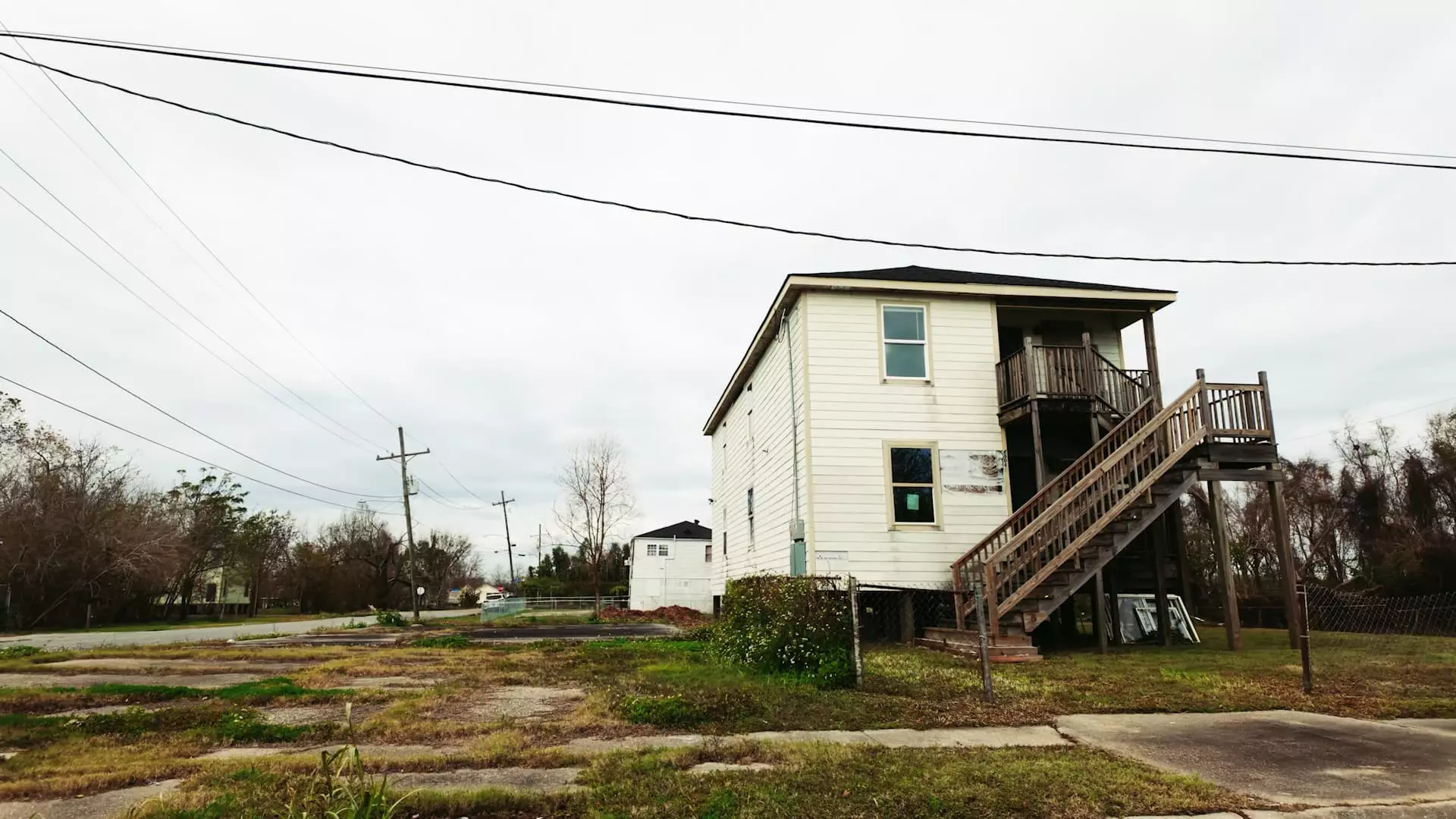Nearly two decades have passed since Hurricane Katrina inflicted unprecedented devastation upon New Orleans in 2005. Often synonymous with tragedy, the storm remains a pivotal moment in U.S. history, profoundly altering the fabric of the city. The disaster is etched in memory not only for its staggering toll of over 1,800 lives lost but also for the displacement it caused to millions and the destruction of an estimated 275,000 structures. Though substantial progress has been made in the recovery effort, the struggle for complete restoration continues, with many areas still grappling with the long-term repercussions of the disaster.
In the wake of the hurricane, a significant portion of the city’s housing market was left abandoned. With about 25% of its housing stock deserted, neighborhoods like the Lower Ninth Ward became emblematic of the abandonment and loss. Calvin Alexander, a lifelong resident, emphasizes the dramatic surge in property values as residents gradually returned. However, this financial upswing has not been universal. The Census Bureau’s data reveals that only one-third of former residents have come back to the Lower Ninth Ward, indicating a profound demographic shift.
Citywide, the population remains beneath pre-Katrina levels, exacerbating financial constraints for municipal authorities. The demand for housing in safer areas has led to inflated property prices, often outpacing the economic recovery of those in lower-income brackets. Alexander’s home, for instance, reportedly appreciated by over 266% since the hurricane, while regional and national averages reflect a general increase of nearly 71% and 84%, respectively, during the same period. Such disparities present a stark contrast between economic recovery and the lived realities of many long-standing residents who are still struggling.
The response from federal and state governments has been substantial as well, with over $9 billion allocated to programs that aimed to assist homeowners during the rebuilding process. The “Road Home Program,” however, has faced various criticisms, particularly concerning its methodology. Laura Paul, executive director of the non-profit lowernine.org, critiques the program for its reliance on pre-disaster property values rather than actual damages incurred. This approach left lower-income homeowners at a disadvantage, providing them less financial support to restore their properties.
Moreover, the city continues to report lower-than-average household incomes and higher poverty rates than those observed throughout the nation. The consequences of this systemic imbalance mean that many families remain vulnerable to environmental risks that current insurance rates fail to adequately address. The insurance marketplace has already shown signs of instability, particularly in areas prone to natural disasters like Louisiana.
Investments in Infrastructure and Future Resilience
As part of the overarching recovery strategy, the federal government, along with Louisiana state authorities, has directed approximately $15 billion towards reinvigorating an extensive network of drainage canals, pumping stations, and levees. These infrastructural projects are essential for safeguarding residents from future storms. Interestingly, some of these initiatives potentially exacerbate land subsidence—a persistent threat in the region—which adds another layer of complexity to recovery efforts.
Nonetheless, authorities maintain a belief in the economic viability stemming from these protective measures. Glenn Ledet, executive director of the Coastal Protection and Restoration Authority, asserts that the state is reaping significant benefits with every dollar spent on storm protection, citing a return of $7 for every dollar invested. The emphasis on infrastructure is not merely a response to past storms but rather a proactive approach to counteract the looming threats of climate change and to bolster community resilience.
Looking Ahead: Hope Amidst Challenges
In the coming years, state officials have outlined a bold plan to elevate around 4,000 homes, alongside an expected $50 billion investment to maintain storm damage prevention systems over the next 50 years. While challenges persist, the resolve to restore New Orleans and its cultural significance is more powerful than ever. The city’s journey of rebuilding exemplifies the resilience of its people and the immense endeavor required to cultivate a future that honors the complexities of its past.

